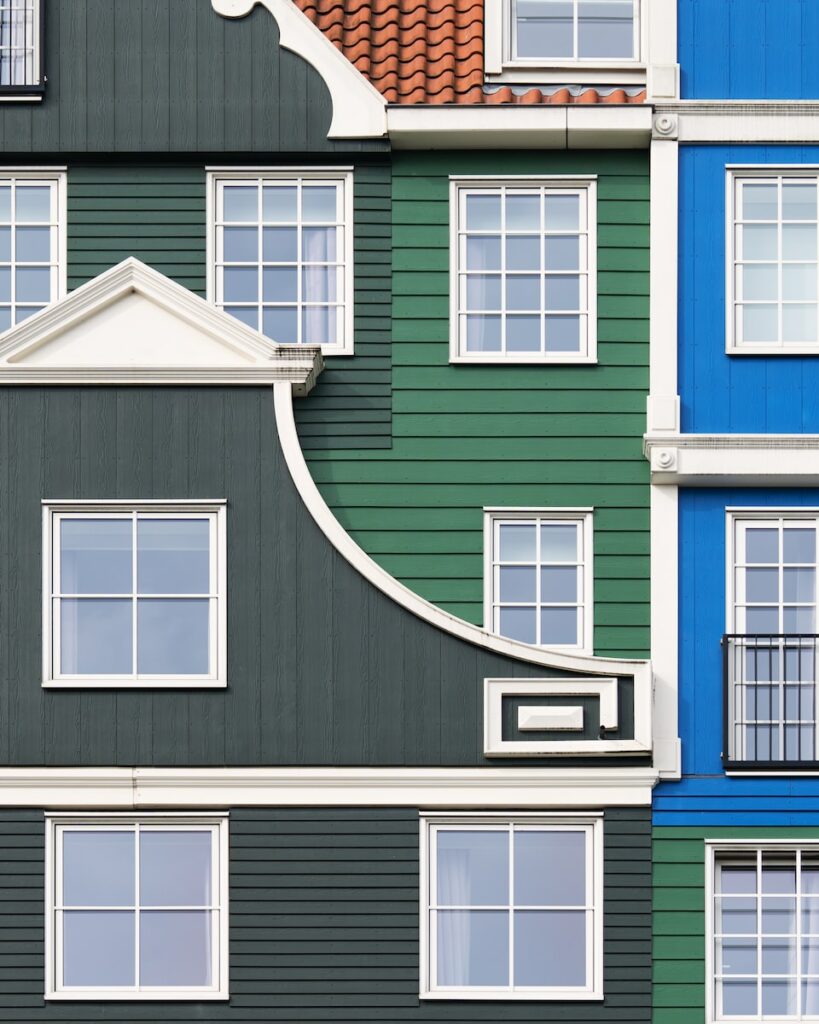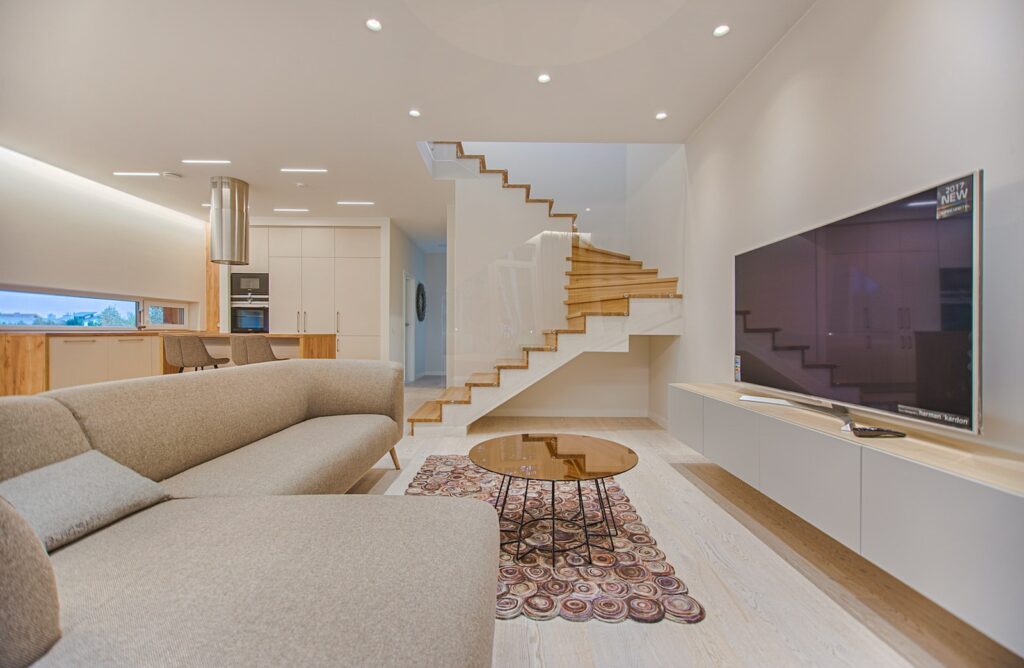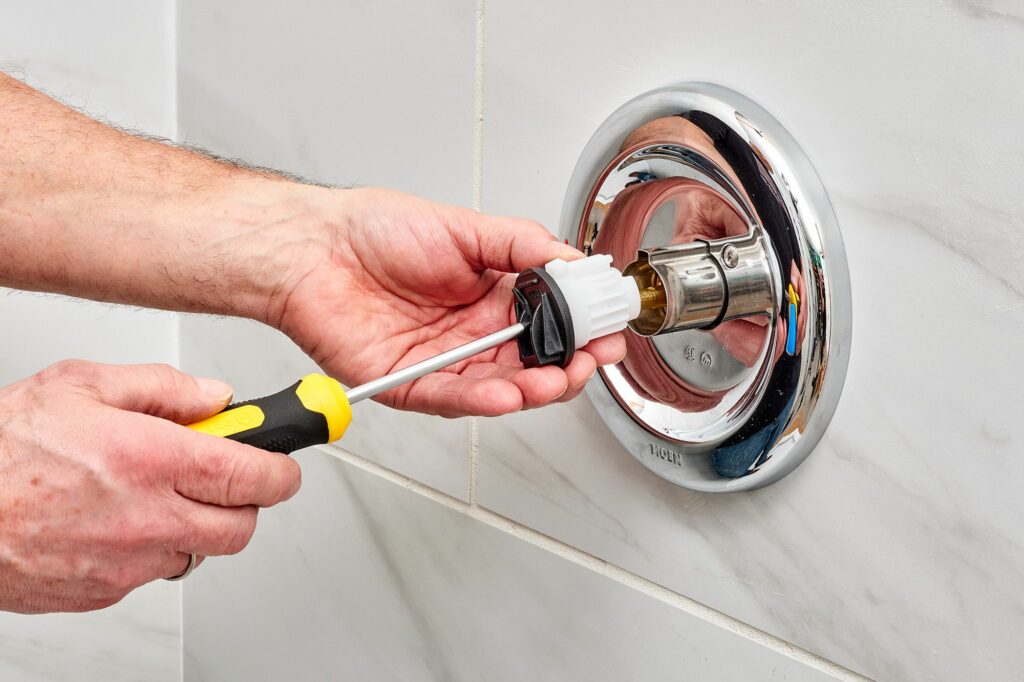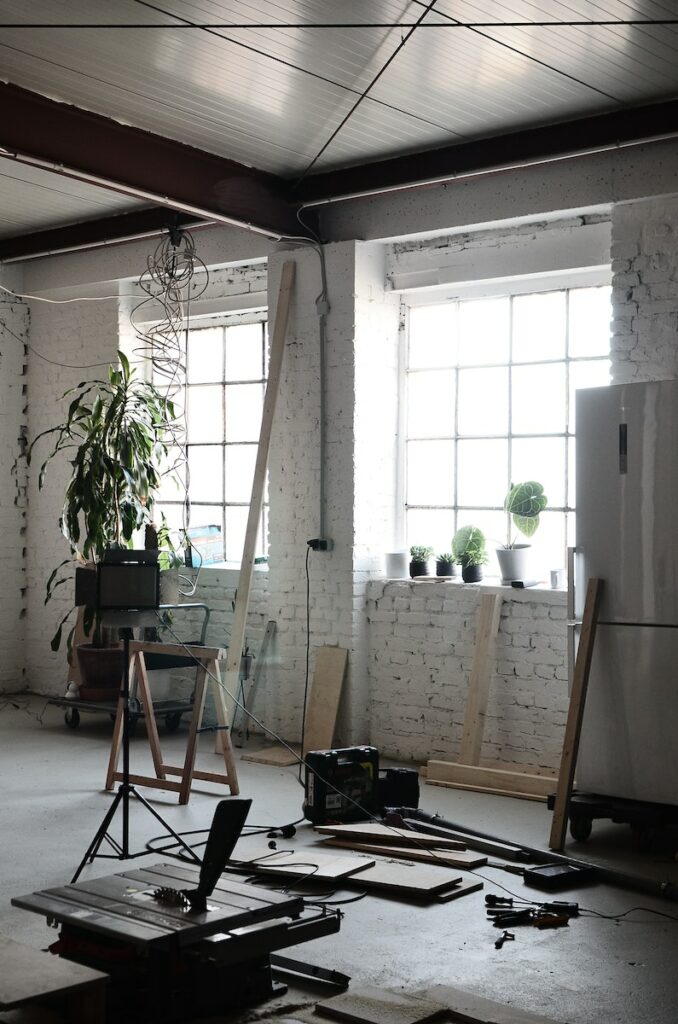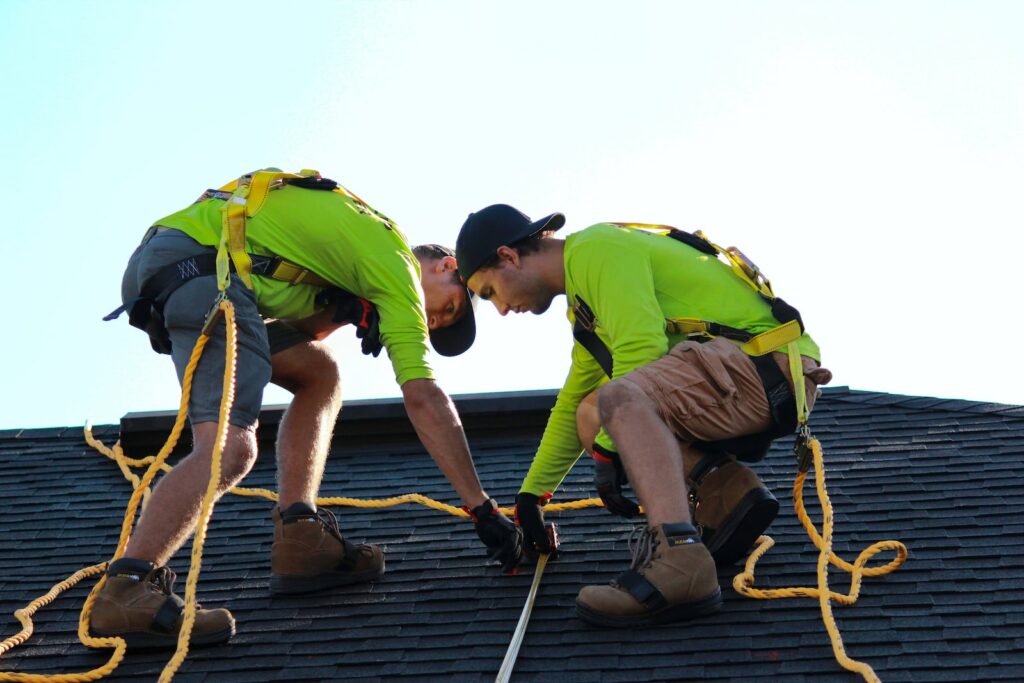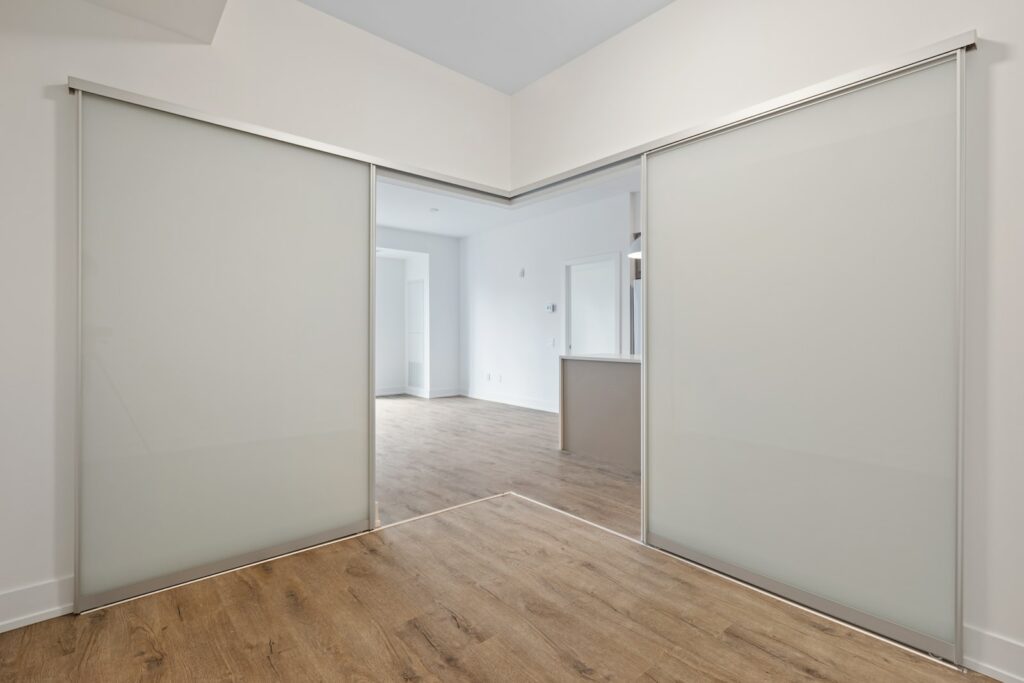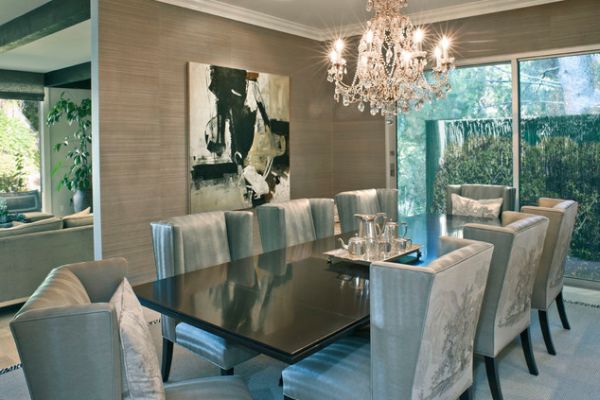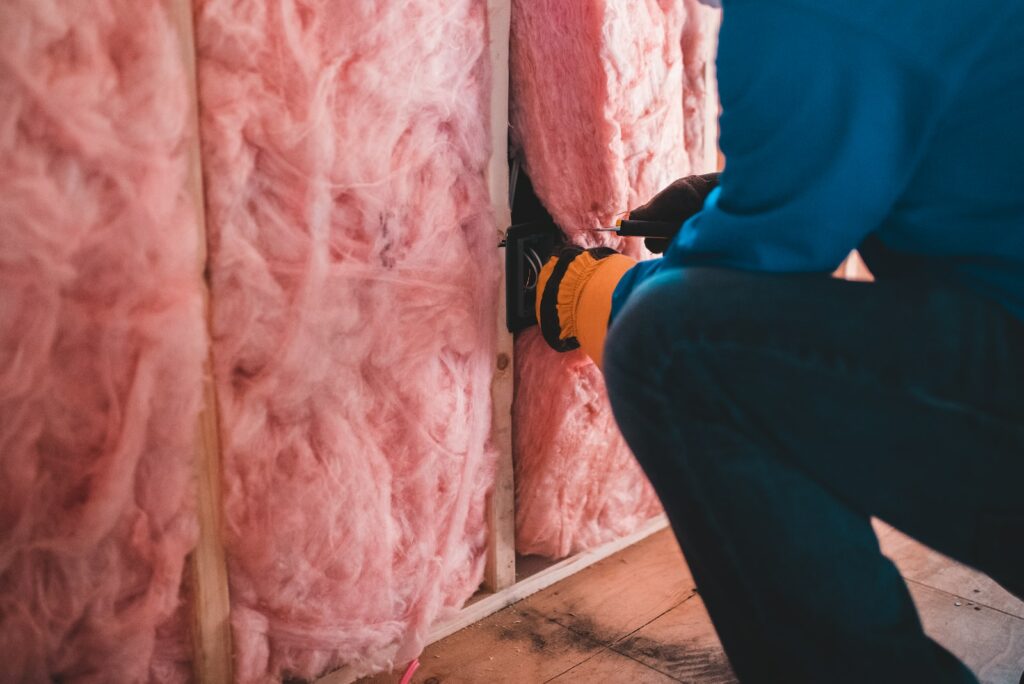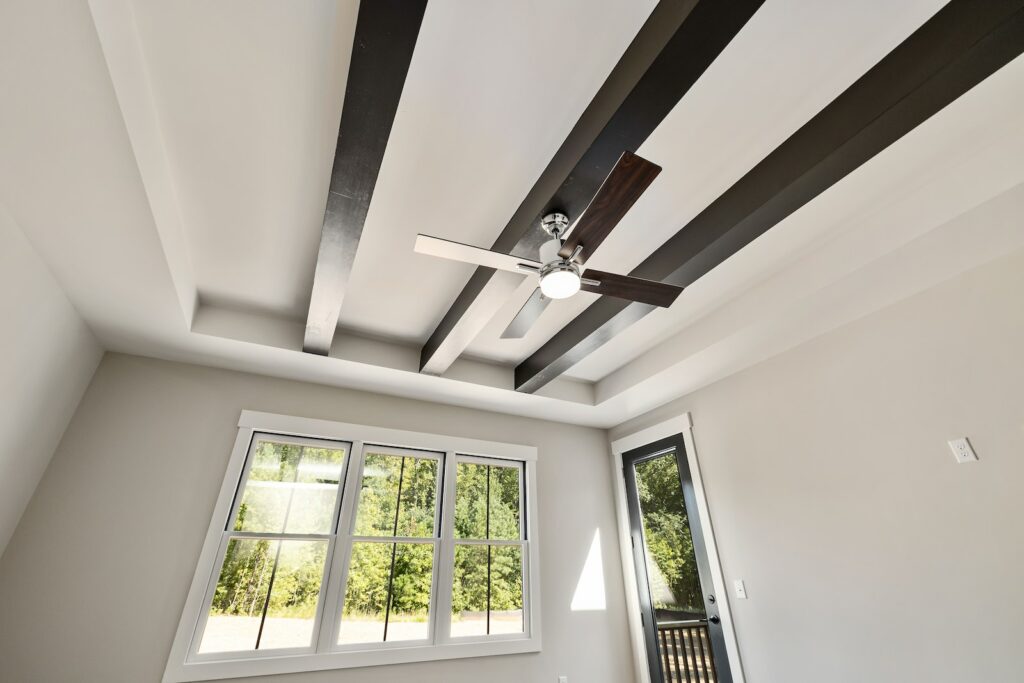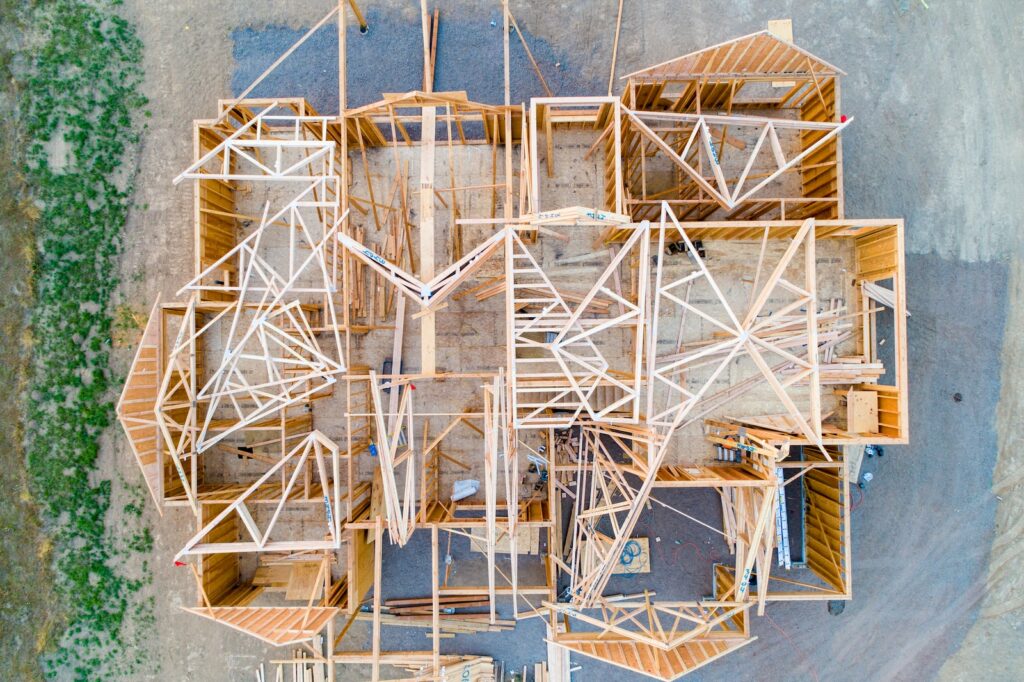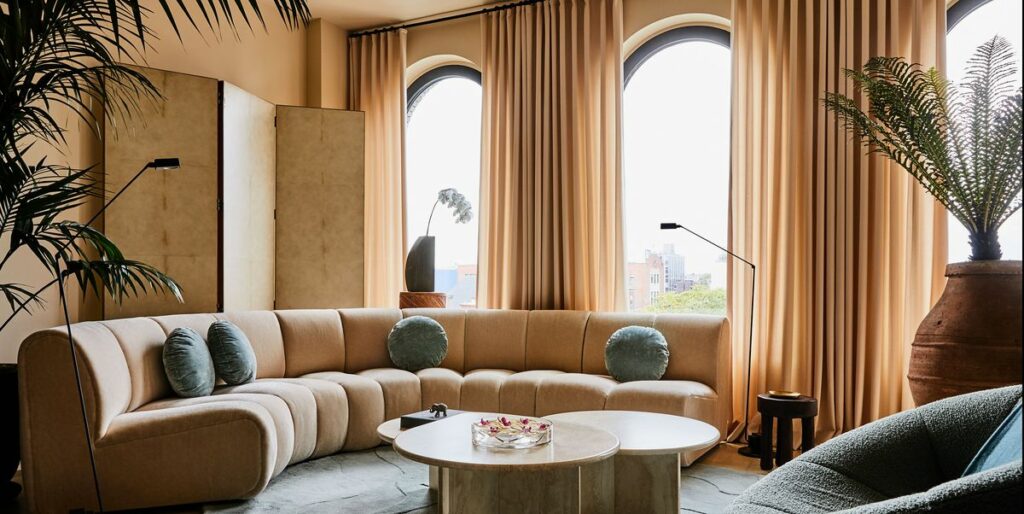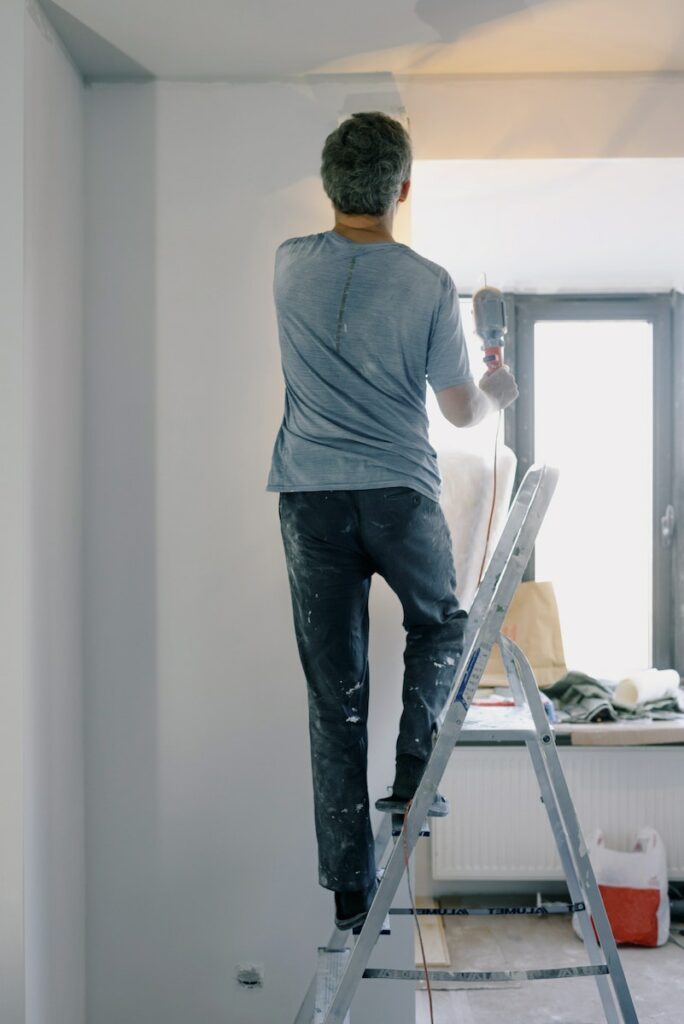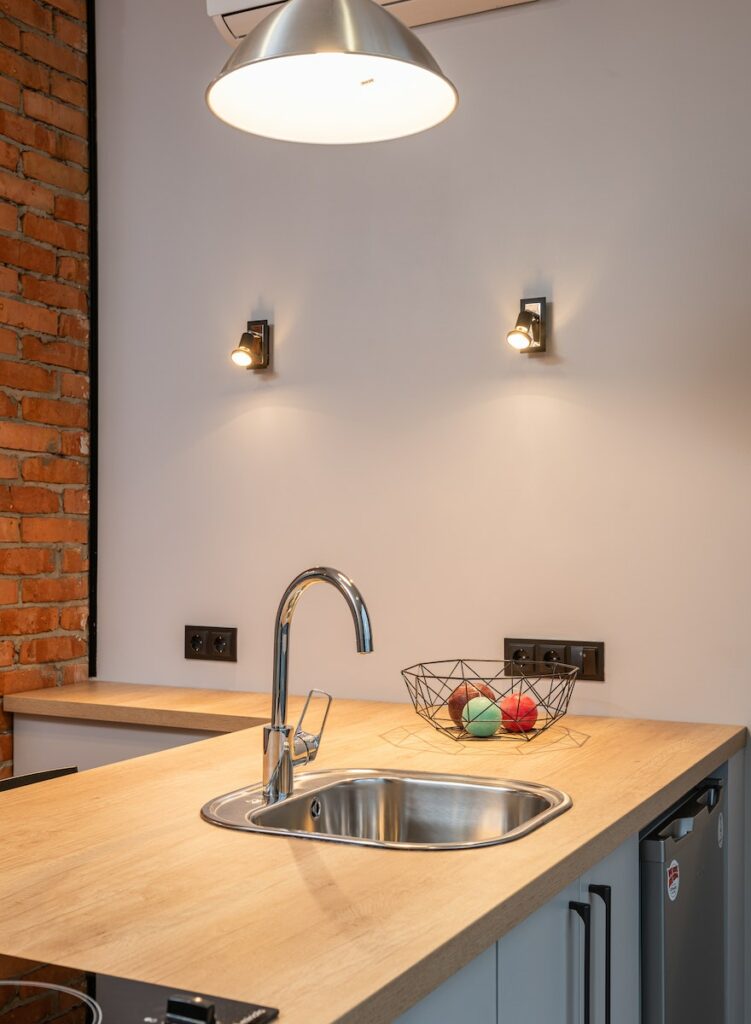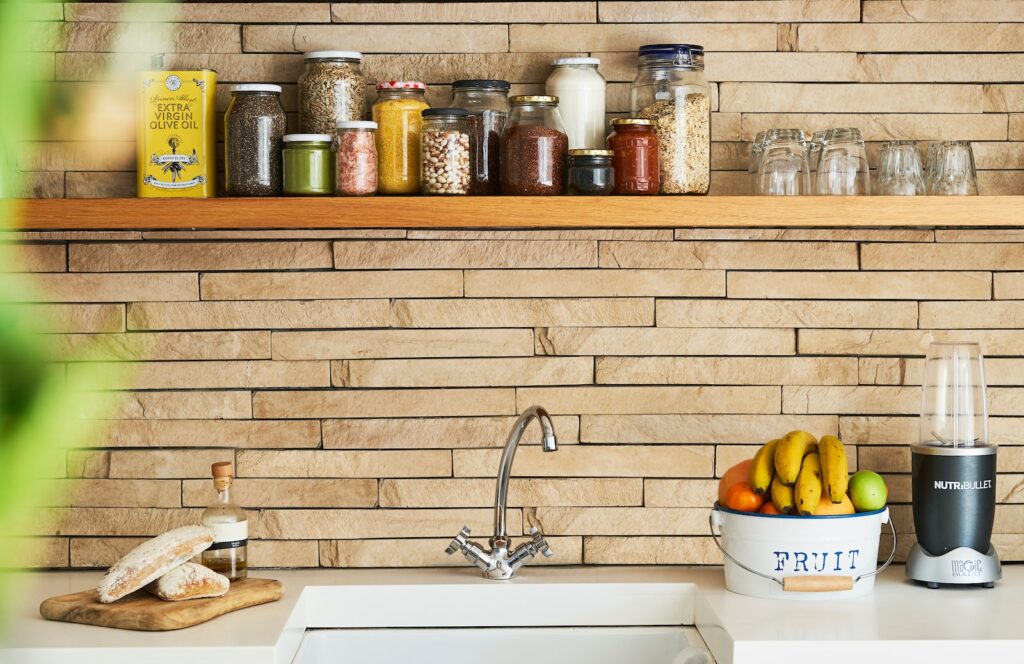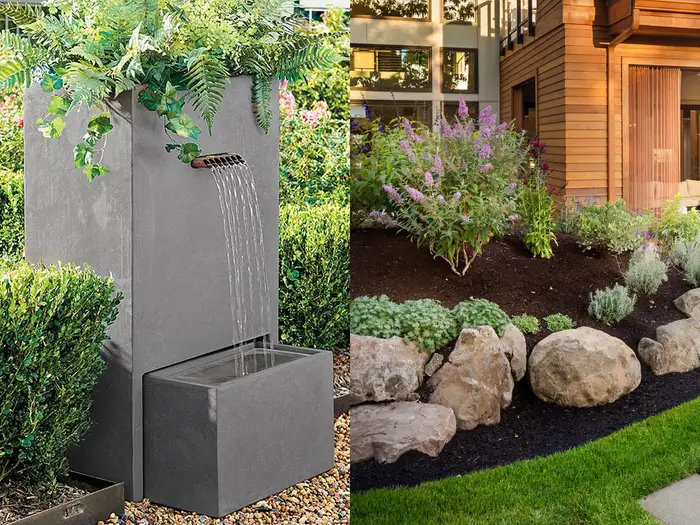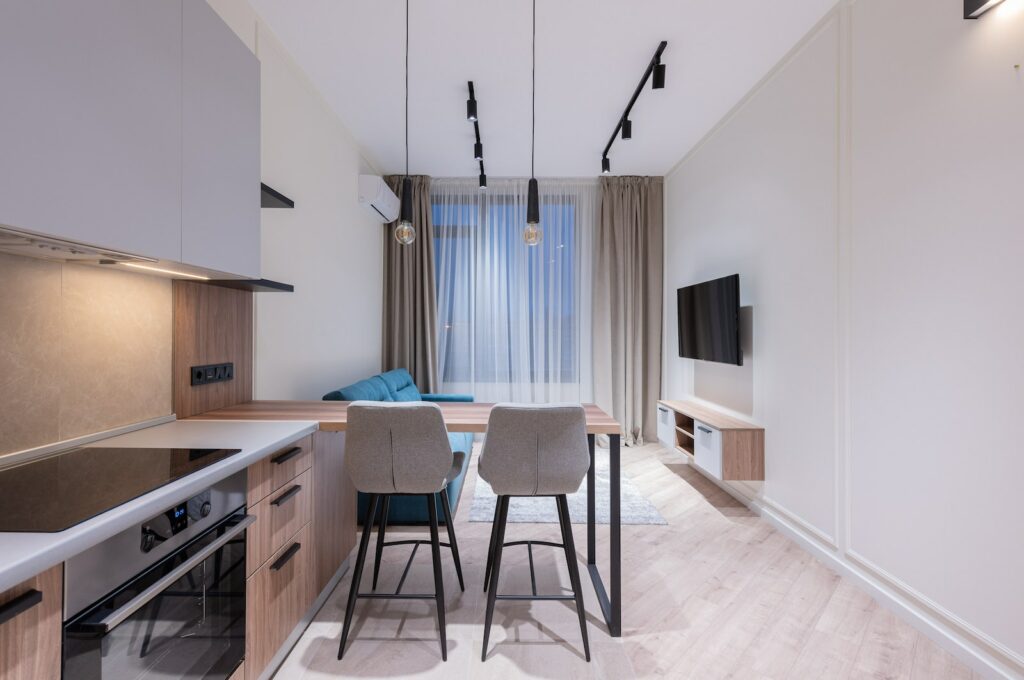The Pros & Cons of Different Siding Materials
When considering siding materials for your home, there are many options to choose from. It is important to understand the pros and cons of each type so that you can make the best decision for your home. In this guide, we will take a look at the various siding materials, their benefits, drawbacks, cost estimates and installation techniques.
Vinyl Siding
Vinyl siding is one of the most popular siding materials due to its low cost, ease of maintenance, and ability to resist damage from harsh weather. Its lightweight and durable construction makes it a great choice for many homes. Vinyl comes in various colors and textures, making it very customizable and appealing.
Pros
One of the biggest benefits of using vinyl siding is its low cost compared to other siding options. It is also very lightweight, making it much easier to install than other materials. Additionally, vinyl siding is very resistant to damage, such as dents, fading, and peeling.
Cons
The main downside to vinyl siding is that it is not as durable as other materials. It can be damaged by heat and cold extremes, as well as hail and heavy winds. It is also not as long-lasting as other materials, meaning it may need to be replaced more often than some other options.
Installation
Installing vinyl siding is fairly easy and can typically be done by a homeowner with some basic carpentry skills. Depending on the complexity and size of the home, it may take anywhere from a few days to a few weeks to complete. It is also important to ensure that the wall sheathing is in good condition prior to installing the siding.
Costs & Expenses
The cost of vinyl siding varies depending on the size of the home, the type of siding, and any additional accessories or materials needed. Generally, vinyl siding can cost anywhere from $2 to $10 per square foot. This does not include labor costs, which can range from $1 to $3 per square foot.
Wood Siding
Wood siding is another popular option that offers many benefits. Its natural look and texture adds a classic, timeless charm to any home. It is also a great insulator, helping to keep your home cool in the summer and warm in the winter. Additionally, wood siding is very durable and long-lasting, meaning it can easily last for decades with proper care and maintenance.
Pros
One of the biggest benefits of using wood siding is its natural appearance and texture. It can be stained or painted any color you choose, giving it a unique look. Additionally, it is very energy efficient, helping to reduce energy costs.
Cons
Wood siding does require more maintenance than some other materials. It must be sealed and stained regularly to protect it from moisture and rot. It is also more expensive than other materials, meaning it may not be within everyone’s budget.
Installation
The installation of wood siding is more complicated than that of vinyl siding. It is important to ensure that the wall sheathing is in good condition and that it is securely fastened to the frame. Additionally, special tools and techniques are needed to properly install the siding.
Costs & Expenses
The cost of wood siding can range from $2 to $20 per square foot. This does not include labor costs, which can range from $2 to $5 per square foot. Additionally, you will need to factor in the cost of stain or paint, as well as any seals or other materials needed for proper maintenance.
Fiber Cement Siding
Fiber cement siding is a more recent option on the market and combines the best features of both wood and vinyl siding. It is very durable and fire-resistant but also offers the natural look and texture of wood siding.
Pros
The biggest benefit of using fiber cement siding is its durability. It is extremely resistant to fire, insects, mold, and moisture damage, making it a great choice for any home. Additionally, it is also very energy efficient and can help lower energy bills.
Cons
The main downside to fiber cement siding is its cost. It is typically more expensive than wood and vinyl siding, so it may not be within everyone’s budget. Additionally, it is also heavier than other materials, making it more difficult to install.
Installation
Installing fiber cement siding requires more skill and knowledge than other siding materials. It is important to ensure that the wall sheathing is in good condition and that it is securely fastened to the frame. Additionally, the proper safety equipment must be worn, such as gloves, safety glasses, and a dust mask.
Costs & Expenses
On average, fiber cement siding can range from $3 to $10 per square foot. This price range does not include labor costs, which can range from $1 to $3 per square foot. Additionally, any tools and materials needed for installation must be factored into the total cost.
Conclusion
Choosing the right siding for your home is an important decision that can have a lasting impact on both the look and feel of your home. It is important to research and understand the pros and cons of each material so that you can make the best choice for your home’s needs. It is also important to keep in mind the cost and time associated with the installation process, as well as the maintenance that each material requires. Doing so will help you make an informed decision when selecting the best type of siding for your home.

